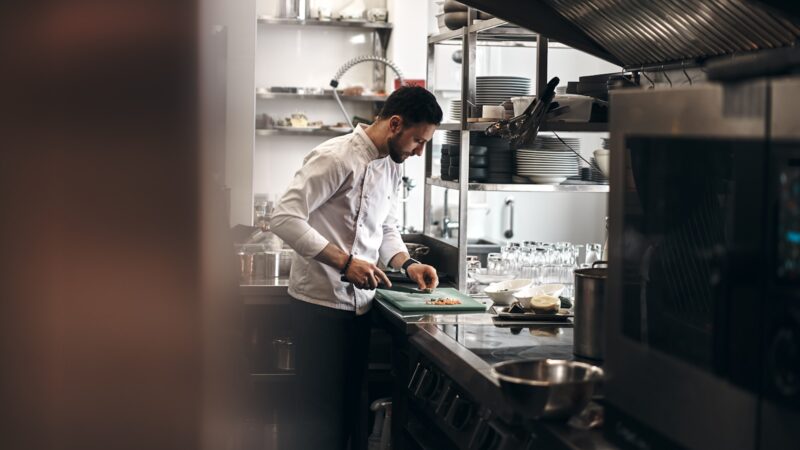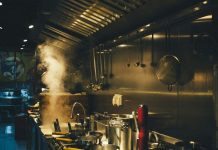In the lively environment of a restaurant, the selection of equipment can profoundly affect operations. Among the various materials available, stainless steel stands out for its endurance, cleanliness, and versatility. Let’s delve into why stainless steel equipment is indispensable in the food industry.
Introduction to Stainless Steel Restaurant Equipment
Stainless steel has become the foundation material for restaurant equipment due to its exceptional properties. From cooking appliances to storage units, stainless steel finds extensive use in commercial kitchens worldwide.
Importance of Stainless Steel in the Food Industry
In food service establishments, maintaining cleanliness and adhering to hygiene standards are paramount. Stainless steel’s non-porous surface and resistance to corrosion make it ideal for contact with food, ensuring the integrity and safety of culinary creations.
Advantages of Using Stainless Steel Equipment
Durability: Stainless steel equipment is renowned for its robustness, ability to withstand high temperatures, heavy usage, and frequent cleaning without succumbing to wear and tear.
Hygiene and Safety: The smooth surface of stainless steel prevents bacterial growth, reducing the risk of contamination and foodborne illnesses, thus prioritizing customer safety and satisfaction.
Ease of Cleaning: With its smooth, non-absorbent surface, stainless steel is easy to clean and sanitize, saving time and effort in busy kitchen environments.
Types of Stainless Steel Restaurant Equipment
Cooking Equipment: From ranges and grills to fryers and ovens, stainless steel cooking appliances offer precision, efficiency, and durability for chefs to create delectable dishes.
Food Storage and Handling: Stainless steel refrigerators, freezers, and shelving units ensure optimal food storage conditions, maintaining freshness and organization in the kitchen.
Worktables and Sinks: Durable stainless steel worktables provide ample space for food preparation, while sinks facilitate efficient dishwashing and sanitation procedures.
Factors to Consider When Purchasing Stainless Steel Restaurant Equipment
Budget: Balancing quality with affordability is crucial when investing in stainless steel equipment, ensuring long-term value for your restaurant.
Size and Space Requirements: Choosing equipment that fits seamlessly into your kitchen layout maximizes efficiency and workflow, optimizing space utilization.
Energy Efficiency: Selecting energy-efficient appliances not only reduces operational costs but also minimizes environmental impact, aligning with sustainable practices.
Maintenance Tips for Stainless Steel Equipment
Regular Cleaning: Frequent cleaning with mild detergents and stainless steel cleaners preserves the appearance and integrity of equipment surfaces.
Avoiding Harsh Chemicals: Abrasive cleaners and scouring pads can scratch stainless steel surfaces, compromising their resistance to corrosion and bacteria.
Routine Inspections: Regular maintenance checks help identify minor issues before they escalate, prolonging the lifespan of stainless steel equipment.
Conclusion
Stainless steel restaurant equipment continues to be the cornerstone of efficient, hygienic, and sustainable kitchen operations. By prioritizing durability, cleanliness, and functionality, restaurateurs can optimize their culinary endeavors while ensuring the satisfaction and safety of patrons.








